A spoonful of oil can make a delicious dish, but it can also be a source of unexpected toxicity. In many school kitchens, reused cooking oil, thought to save money, can secretly poison both the cook and the children.
When cooking oil is heated at high temperatures, it decomposes and produces aldehydes, fine particles and a series of compounds that irritate the respiratory tract.
Chefs' frequent exposure to oil fumes can cause acute lung dysfunction, prolonged coughing, and even increased risk of lung cancer with long-term exposure.
Studies have documented acute lung function decline, coughing, and eye irritation in cooks who are frequently exposed to oil fumes. Not only that, these toxic fumes are also thought to increase the risk of lung cancer with long-term exposure.

Acrylamide and other toxins formed during frying
Starchy foods such as potatoes, donuts, and snacks, when fried at high temperatures, will create acrylamide - a substance classified as group 2A (possibly carcinogenic) according to the International Agency for Research on Cancer (IARC).
Not only that, repeated frying of oil will produce lipid oxidizers and aldehydes, making the eater susceptible to vasculitis, atherosclerosis, and dyslipidemia.
Children – the most sensitive group – are at greatest risk when regularly eating foods fried in degraded oil.
Safe cooking oil index parents should know
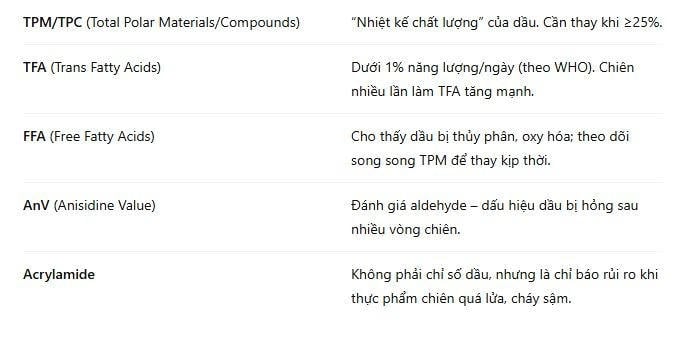
Normally, spoiled oil will be darker than normal, give off a burnt smell and easily foam when heated. When the temperature is not too high but the oil smokes early, it is a sign that the fat structures in the oil have decomposed.
Foods fried in this type of oil often have a crust that is too brown or black, absorbs too much oil, loses its natural crispness and tastes greasy.
In kitchens that use oil repeatedly without filtering, the oil quickly accumulates food residue, creating harmful oxidizing compounds.
In addition, a stuffy, poorly ventilated kitchen is also a warning sign: when the smell of oil permeates clothes, stings the eyes or makes people standing near the pan cough, that is when the oil has degraded and the cooking environment becomes unsafe for both the cook and the eater.
Health impacts: from the kitchen to children's dinner tables
The impact of dirty cooking oil is not only limited to adults but also spreads to children – who are more sensitive and vulnerable.
For chefs and caterers, frequent exposure to oil fumes and heat in a closed kitchen environment can lead to microscopic pneumonia, reduced respiratory function and increased oxidative stress in the body, making them susceptible to fatigue, prolonged coughing and health decline over time.
Meanwhile, children – who directly consume fried foods – are at risk of absorbing toxic compounds such as aldehydes and lipid oxidation products generated from repeatedly fried oil.
Regularly eating dark fried foods not only causes an unbalanced diet but also worsens blood lipid levels, increases the risk of vasculitis and even contributes to the risk of cancer in the long term.
10-point checklist for parents when evaluating boarding school kitchens
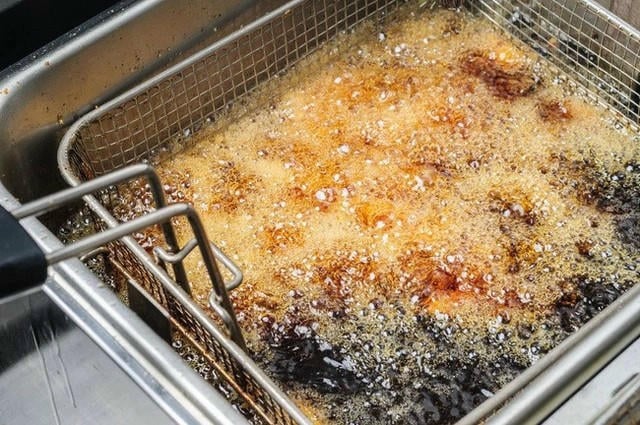
To ensure the safety of their children's meals, parents can proactively check and ask questions of the school or the boarding food provider.
A simple “10-point checklist” will help identify the safety level in using frying oil.
First of all, the kitchen needs to have a device that measures the TPM/TPC index periodically – this is a measure of oil quality, and the oil should be changed when this index reaches 25%.
Oil changes must be done regularly, never mix old oil with new oil to “save” or maintain color. After each frying batch, the oil must be filtered to remove food residue and should not be kept at high heat when not in use.
Fried foods should be cooked until just golden brown, avoiding burning to reduce the formation of acrylamide - a substance that can cause cancer.
The kitchen must also choose the right type of oil for the frying temperature and have a standard ventilation and smoke extraction system to help protect the chef's health.
In addition, never reuse oil multiple times, limit dishes containing trans fat (TFA). Each batch of oil should be clearly recorded with the date it was opened and the number of times it was fried for easy retrieval when needed.
In particular, teaching children to recognize burnt, dark or bitter foods is also a practical way to form safe eating habits from an early age.
Parents – the front line in protecting children's health
In the story of school food safety, parents are the front line in protecting children's health.
Using safe cooking oil is not only the responsibility of the kitchen or catering staff, but also the responsibility of the whole community – from managers, teachers to parents.
Just a small, timely question, such as: "Ma'am, has your kitchen measured the TPM index?", can also help detect potential risks early in the processing stage.
Parents' attention, proactive learning and reminders will contribute to protecting the health of hundreds of students every day, so that each boarding meal is not only delicious but also truly safe and healthy.
References
WHO: Trans fat intake <1% of energy/day for people ≥2 years old.
EFSA/IARC: Acrylamide in fried/grilled foods – group 2A (possibly carcinogenic).
FSSAI (India): Frying oil should be changed when TPC/TPM ≥ 25%.
SFA (Singapore): Recommended to change oil regularly, avoid long-term reuse.
Academic research: effects of repeated cooking oil exposure on blood vessels, blood pressure, inflammation; respiratory effects in cooks.
Source: https://baophapluat.vn/dau-an-ban-moi-de-doa-tham-lang-doi-voi-dau-bep-va-tre-em-trong-bua-an-ban-tru.html














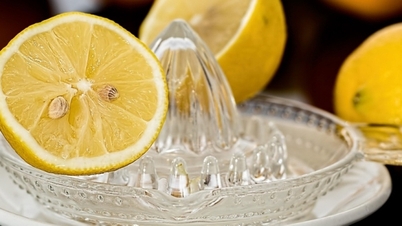

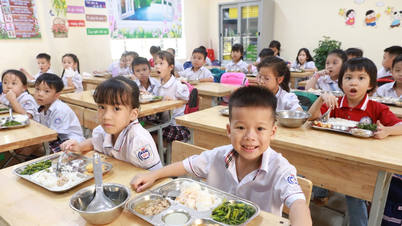









































































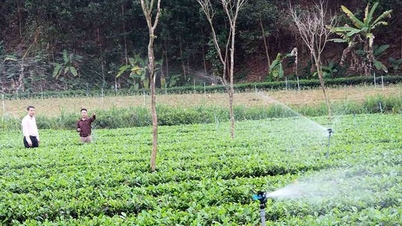









![Dong Nai OCOP transition: [Part 2] Opening new distribution channel](https://vphoto.vietnam.vn/thumb/402x226/vietnam/resource/IMAGE/2025/11/09/1762655780766_4613-anh-1_20240803100041-nongnghiep-154608.jpeg)













Comment (0)